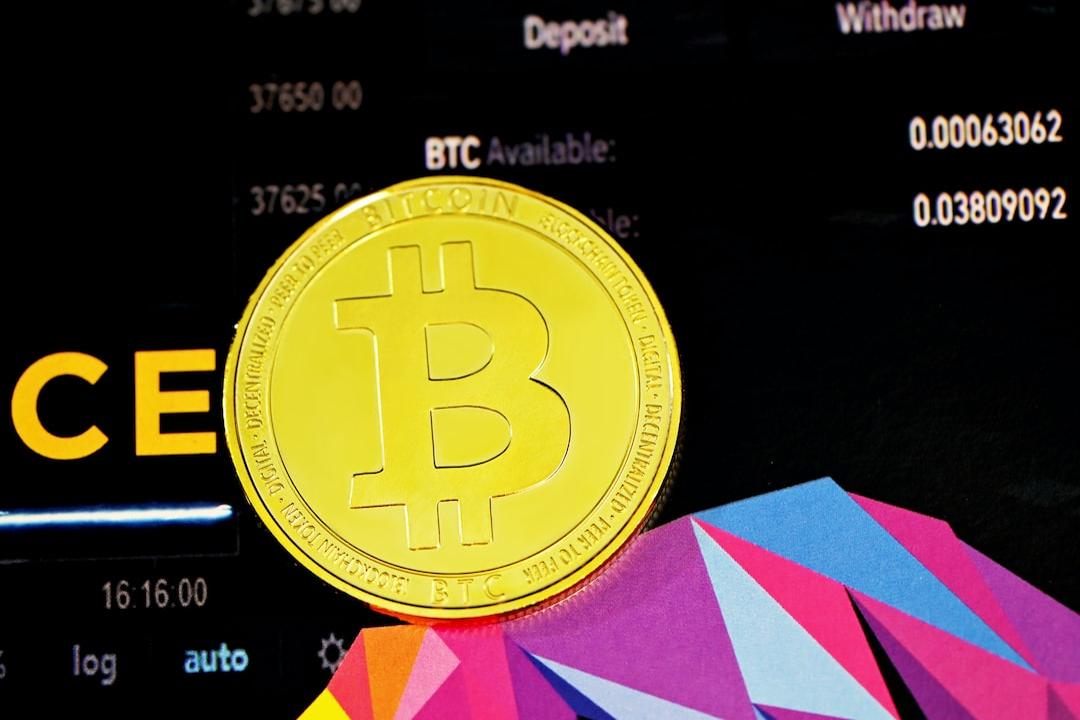The transformation in the cryptocurrency market is reshaping how companies manage their reserve strategies.
Bitcoin 
$84,927, once merely a store of value, is now evolving into active financial products on balance sheets. This new approach enables companies to move beyond traditional cash management, allowing passive reserves to be converted into productive capital tools. The process is likened to refining crude oil into various energy types.
Passive Reserves Are Transitioning to Active Capital
Classic treasury management typically revolves around cash assets and short-term securities. However, the low-interest environment and rising inflation are diminishing the effectiveness of this approach. Companies beginning to hold cryptocurrencies like Bitcoin as reserves are creating alternatives to traditional strategies. This development allows not only the preservation of assets but also the creation of financial instruments that align with investor expectations.
Bitcoin moving beyond being merely a store of value on balance sheets provides companies with significant flexibility. This digital asset is becoming the cornerstone of next-generation financial products tailored to specific needs. Consequently, firms are equipped with tools that not only protect against inflation but also possess revenue-generating potential.
Bitcoin-Based Financial Models Are Expanding
The new model enables companies to transform their Bitcoin reserves into four main financial instruments. These include convertible debt products, yield-generating structures, Bitcoin-linked equity, and income streams that may serve as collateral in the future. These instruments offer flexible solutions based on the investor’s risk appetite and capital expectations.
This model is particularly appealing to institutional investors subject to regulatory constraints, such as insurance funds and pension portfolios. Large investment groups, unable to directly acquire Bitcoin, can access the cryptocurrency market indirectly through such products. Companies gain opportunities to diversify their operations by accessing new capital sources through these structures.
An essential advantage of the new financial approach is that it allows companies to optimize their reserves without disrupting existing business models. Existing infrastructures remain intact while current assets are converted into alternative market products. This not only increases investor interest but also supports the company’s capital efficiency.
Moreover, Bitcoin’s limited supply, high liquidity, and absence of counterparty risk make this new approach safer. Minimizing risks such as currency devaluation helps stabilize the balance sheet structures of companies. The flexibility offered by the refinery model creates value for both investors and companies.

